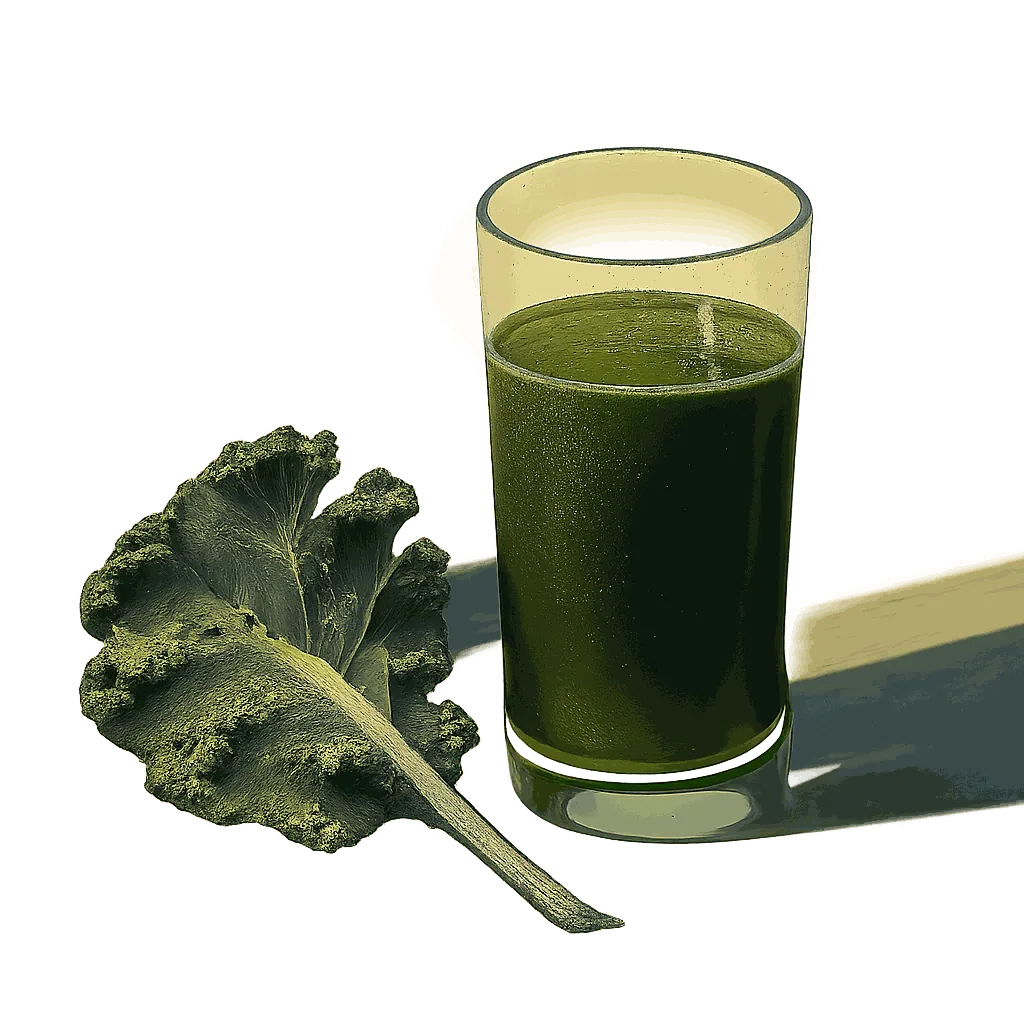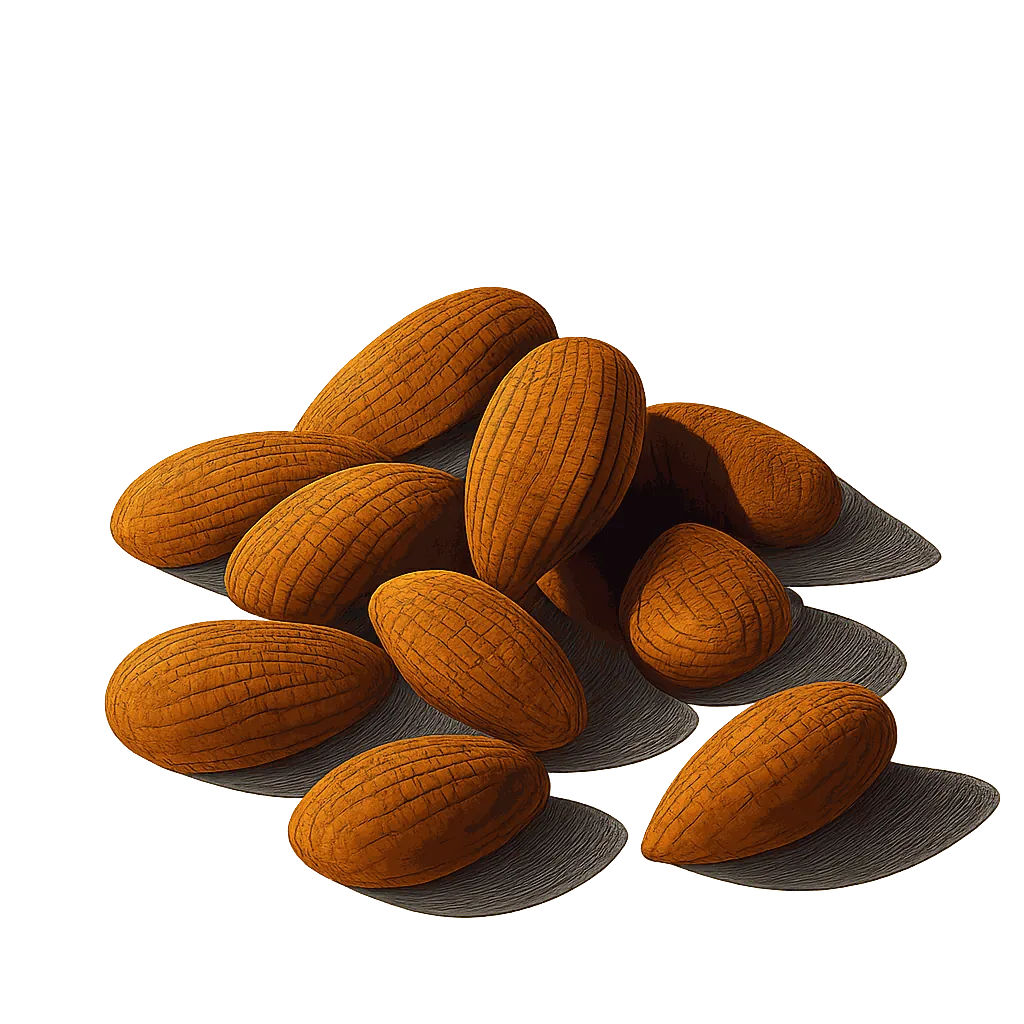Perfect Pairings & Recipes for
Claret (Bordeaux)
.webp)
Unlock the perfect flavour pairings for claret (Bordeaux) according to data science. Explore unique recipes and discover the hidden mathematics of flavour.
Claret (Bordeaux) is marked by the unmistakable taste of oak and tannin, yet its initial umaminess is only the opening note. Beneath lies a tapestry of delicate tobacco, whispers of polyphenol, and the earthy minerality of graphite, contributing remarkable depth. And the true alchemy of the kitchen begins when we seek out pairings that allow these notes to truly sing, to harmonise in unexpected and delightful ways.
To chart these harmonies, we analysed thousands of ingredients, each deconstructed across 150 distinct flavour dimensions, pinpointing the notes that best complement this ingredient’s profile. Our analysis reveals, for example, how beef tenderloin's bovine tones enrich claret (Bordeaux), and how double cream's beurreux notes create a surprising synergy with its dry sensation.
Flavour Profile Of Claret (Bordeaux) Across 150 Dimensions Of Flavour
Flavour wheel chart showing the dominant flavour notes of Claret (Bordeaux): Tannic, Oaky, Astringent, Graphite, Tobacco, Plum, Vanillic, Bay leaf, Raisin, Blackberry, Petrichor, Resinous, Raspberry, Oxidized, Cherry, Capsicum
An ingredient's flavour comes from its core characteristics, like woody, acidic, and floral, combined with its unique aroma notes (outer bars). When pairing ingredients, aim to include a broad variety of core characteristics for a balanced dish. And choose aroma notes that complement each other for a harmonious combination.
The Secret Language of Flavour
To understand how flavour notes harmonise, we analysed more than 50,000 popular ingredient combinations. By exploring these pairings, we identified specific flavour notes that frequently occur together, indicating they share a harmonious relationship.
The Flavours That Harmonise With Tannic Notes
Strength of Association Between Flavours
The flavours most associated with tannic notes are: Penicillium, Burnt, Vanilla, Apricot, Buttery, Hazelnut, Ferrous, Bovine, Gamey, Almond, Chanterelle, Lacteal, Sugary, Plum, Ficus.
Our analysis shows that the flavour of tannin is strongly associated with the flavour of butter. This suggests we should look for ingredients with a buttery flavour, such as double cream, when pairing with the tannic aroma accents of claret (Bordeaux).
The recipes below provide inspiration for pairing claret (Bordeaux) with double cream.
Harmonious Flavours Of Claret (Bordeaux)
Just as our analysis indicated that tannin and mouldy flavours combine harmoniously, we can identify the full profile of flavours that harmonise with each of the flavour notes present in claret (Bordeaux). E.g. the astringent notes of claret (Bordeaux) are often used with mossy and fermented proteins flavours.
The notes associated with the various aroma accents of claret (Bordeaux) can be seen highlighted in the pink bars below.
Flavour Profile Of Claret (Bordeaux) And Its Complementary Flavour Notes
Flavour wheel chart showing the dominant flavour notes of Claret (Bordeaux): Tannic, Oaky, Astringent, Graphite, Tobacco, Plum, Vanillic, Bay leaf, Raisin, Blackberry, Petrichor, Resinous, Raspberry, Oxidized, Cherry, Capsicum
Matching Flavour Profiles
The flavour profile of beef tenderloin offers many of the notes complementary to claret (Bordeaux), including bovine and ferrous aromas. Because the flavour profile of beef tenderloin has many of the of the features that are complementary to claret (Bordeaux), they are likely to pair very well together.
Prominent Flavour Notes Of Beef Tenderloin Are Represented By Longer Bars
Flavour wheel chart showing the dominant flavour notes of Beef tenderloin: Bovine, Proteolytic, Iron, Glutamic, Adipose, Toasted, Lactic, Buttery, Oaky, Fungus, Copper, Caramel, Grassy
The chart above shows the unique profile of beef tenderloin across 150 dimensions of flavour, while the recipes below offer inspiration for bringing these flavours together with claret (Bordeaux).
Recipes That Pair Claret (Bordeaux) With Beef Tenderloin
Linked Flavour Notes
Looking at the aroma accents that are most strongly associated with the various flavours of claret (Bordeaux), we can identify other ingredients that are likely to pair well.
Claret (Bordeaux)'s Harmonious Flavours And Complementary Ingredients
Claret (Bordeaux)'s Strongest Flavours
Complementary Flavours
Ingredients with Complementary Flavours
Flavour groups:
Nectarous
Acidic
Floral
Herbal
Vegetal
Maillard
Earthy
Woody
Carnal
The left side of the chart above highlights the aroma notes of claret (Bordeaux), along with the complementary aromas associated with each note. While the right side shows some of the ingredients that share many of the accents complementary to claret (Bordeaux).
Prominent Pairings
Our analysis identifies dishes that pair well with claret (Bordeaux) and highlights the prominent ingredient combinations within these recipes. Key pairs include celery and carrot offering clean sweetness, red wine and beef stock for savoriness, oregano and garlic for garlicy depth, and roast beef and dill for a complex cucumber undertone. Explore these combinations to unlock claret (Bordeaux)'s hidden complexity, reveal deep nuance, and elevate its vibrant character.
Ingredient Combinations Among Dishes That Pair With Claret (Bordeaux)
Flavour groups:
Sour
Herbal
Spice
Tawny
Bitter
Which Vegetables Go With Claret (Bordeaux)?
Choose vegetables that anchor its berryness or infuse with its wood aroma. Beetroot offers vibrant, clean counterpoints, its verdant freshness lifting the palate. Celeriac add a gentle, oniony brightness, while carrot introduces a sophisticated, anise-tinged elegance.
Alternatively, embrace vegetables that harmonise with claret (Bordeaux)'s minerality. The addition of parsnip, with its subtle chamomillic notes, can complement the graphite beautifully. Pea bridges earthiness and citrus zest, while cavolo nero lends a gentle herbalness.
How Flavonomics Works
We've pioneered a unique, data-driven approach to decode the intricate art of flavour pairing. Our goal is to move beyond intuition and uncover the science of why certain ingredients harmonise beautifully. This rigorous methodology allows us to provide you with insightful and reliable pairing recommendations.
Our analysis begins with over 50,000 carefully selected recipes from acclaimed chefs like Galton Blackiston, Marcello Tully, and Pierre Lambinon. This premium dataset ensures our model distils genuine culinary excellence and creativity.
Each ingredient from these recipes is deconstructed across 150 distinct flavour dimensions, creating a unique numerical "flavour fingerprint." This quantification allows us to apply advanced analytical methods to identify complex patterns between flavour notes.
We identify popular ingredient combinations that frequently appear in our recipe database. Regression analysis is then performed on these pairings to statistically validate and pinpoint truly harmonious flavours.
These insights drive our predictive model, which allows us to take any ingredient (e.g., Claret (Bordeaux)), analyse its detailed flavour profile, and accurately reveal its complementary flavours and perfect ingredient partners.
Explore More
Discover more ingredient profiles and expand your culinary knowledge. Each ingredient page offers detailed analysis of flavour profiles, pairing insights, and culinary applications.
The content on our analysis blog is semi-automated. All of the words were manually written by a human, but the content is updated dynamically based on the data.


